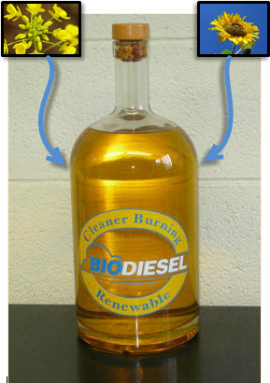Transformation and Agronomic Use of Nutrients From Digester Effluent

Table of Contents
- Anaerobic Digestion Nutrient Transformations
- Chemical Composition of Digested Effluent
- Liquids-Solids Separation
- Potential for Increased Efficiencies
- References
- Contributors
Anaerobic Digestion Nutrient Transformations
Anaerobic digestion (AD) is the process in which organic compounds are broken down by naturally occurring bacteria, including methanogenic microorganisms under oxygen free conditions, transforming organic matter into biogas (methane (CH4), carbon dioxide (CO2), water vapor, ammonia, and hydrogen sulfide) (Dugba and Zhang, 1999; AgSTAR, 2010b). The end products of this process include biogas, a renewable …






